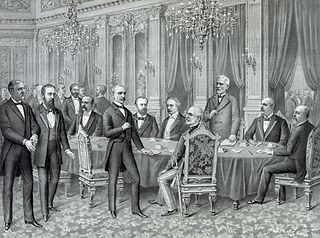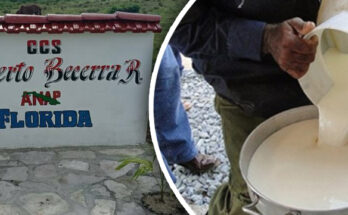On December 10, 1898, the governments of the United States and Spain signed in Paris, the French capital, the treaty that put an end to the Spanish-Cuban-American War.
Known as the Treaty of Paris, the agreement put an end to the efforts of the Cuban people during 30 years of war that entailed the sacrifice of several tens of thousands of patriots who gave their lives to the frustrated cause of independence and the destruction of a great part of their material wealth.
The document contained 17 articles, three of them fundamental, according to which Spain would surrender Cuba and Puerto Rico, would receive 20 million dollars in exchange for ceding the Philippine archipelago; it also stipulated the cession of Guam and the surrender of an island in the archipelago of the Carolinas, giving a non-extendable deadline of November 28, 1898.
Neither Cubans, nor Filipinos, nor Puerto Ricans were invited to send representatives to the conclave where the destiny of their countries and peoples was to be decided, as a clear demonstration of the expansionist policy of the United States, a country that emerged as a great power, since, as the head of the negotiating delegation communicated, it had taken possession of “a considerable patrimony”.
The signing of the Treaty of Paris defined the future of the peoples whose countries were negotiated, who had to continue fighting for their independence and sovereignty; to this day Puerto Rico continues to be a U.S. colony; the Filipinos had to wait until 1946 for their independence to be recognized, and Cuba was imposed a neocolonial model with a republic economically dependent on the United States.





